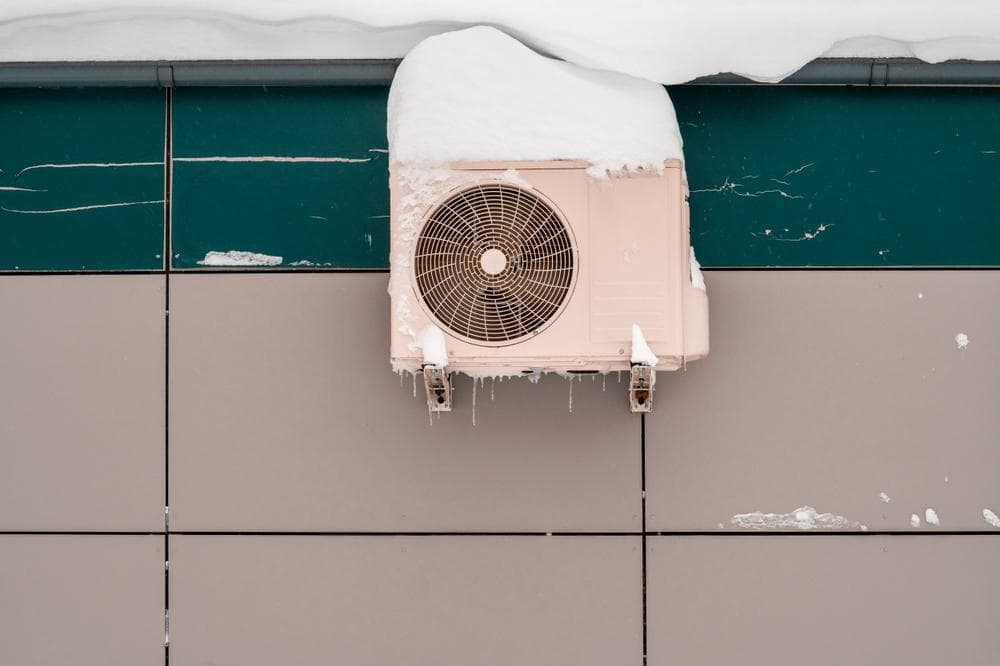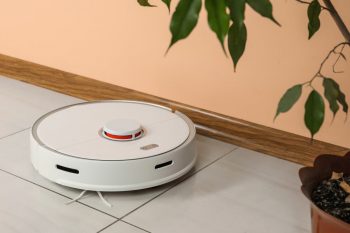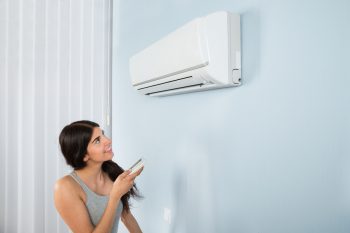
Extending an AC vent is a task that can significantly improve the efficiency of your HVAC system and ensure a comfortable indoor environment. Whether you’re looking to redirect airflow from an existing vent or add a new vent to your ductwork, it’s crucial to understand the process and potential problems that might arise. This in-depth guide will explore how to extend an AC vent, the importance of proper measurements and placement, common mistakes to avoid, and more.
Extending an AC vent involves identifying the new location, turning off the HVAC system, measuring and cutting the duct, installing a takeoff, connecting the new duct, installing the vent, sealing all connections, and testing the system. You’ll need tools like a vent extender, ducting material, cordless drill, screwdrivers, wrenches, cutters, tape measure, multimeter, and safety equipment. Be sure to avoid common mistakes like improper sealing, using too small of a duct, blocking or hiding air vents, and incompatible ductwork.
Why Extend an AC Vent?
Extending an AC vent can help eliminate inconsistent temperatures and maximize the output of your HVAC system by redirecting airflow. This is especially beneficial if your vent is located under a piece of furniture or if you’re looking to improve airflow to a particular area in your home. However, it’s essential to ensure that your HVAC system can handle the addition of a vent, as adding a vent to existing ductwork can potentially reduce efficiency and increase energy bills.
Tools and Materials Needed
To extend an AC vent, you will need the following essential tools and materials:
- Vent extender
- Ducting material
- Cordless drill
- Screwdrivers
- Wrenches
- Cutters
- Tape measure
- Multimeter
- Safety equipment
Step-by-Step Guide to Extend an AC Vent
- Identify the location: Determine where you want to extend the AC vent and ensure that it is feasible to run ductwork from the existing system to the new location.
- Turn off the HVAC system: Before starting any work, make sure to turn off the HVAC system to avoid any accidents or damage.
- Measure and cut the duct: Measure the distance between the existing duct and the new vent location. Cut a piece of ductwork to the appropriate length, ensuring that it is the same size as the existing duct.
- Install a takeoff: A takeoff is a fitting that connects the new duct to the existing duct. Cut a hole in the existing duct that matches the size of the takeoff, and then attach the takeoff to the duct using screws and duct sealant.
- Connect the new duct: Attach the new duct to the takeoff using screws and duct sealant. Make sure the connection is secure and airtight.
- Install the vent: At the other end of the new duct, install the vent in the desired location. This may involve cutting a hole in the wall or ceiling, depending on where you want the vent to be. Secure the vent to the duct using screws and duct sealant.
- Seal all connections: Ensure that all connections between the ducts, takeoff, and vent are properly sealed with duct sealant to prevent air leaks.
- Test the system: Turn the HVAC system back on and check the airflow at the new vent to ensure that it is functioning properly.
Common Mistakes to Avoid
When extending an AC vent, there are several common mistakes and pitfalls to avoid:
- Improper sealing: Make sure to properly seal the ductwork to prevent air leaks and loss of energy.
- Using too small of a duct: Underestimating the amount of airflow required can result in excessive noise and reduced efficiency.
- Blocking or hiding air vents: Avoid placing furniture or other items in front of air vents, as this can restrict airflow and force your HVAC system to work harder.
- Closing air vent slats: Completely closing the vents can cause issues with your HVAC system. Instead, adjust the damper blade to restrict airflow without fully closing the vent.
- Incompatible ductwork: Ensure that the ductwork is compatible with your HVAC system to avoid installation mistakes and inefficiencies.
Maintenance and Upkeep After Extending an AC Vent
After extending an AC vent, it’s essential to maintain and upkeep the vent and duct system to ensure optimal performance and extend the life of your HVAC system. This includes regular cleaning, inspecting for leaks and cracks, replacing or cleaning filters, scheduling professional cleaning, sealing duct leaks, keeping vents clear, and testing ducts.
Extending an AC Vent: DIY or Professional Help?
Extending an AC vent can be a DIY project, but it depends on the complexity of the task and your level of expertise. If you are confident in your skills and have researched the necessary steps, you can attempt a DIY project. However, it’s always a good idea to consult a professional if you are unsure or if the project involves significant modifications to your HVAC system.
Conclusion
Extending an AC vent is a task that can significantly improve the comfort and efficiency of your home. However, it’s a project that requires careful planning and execution to avoid potential pitfalls. Whether you’re considering a DIY project or hiring a professional, it’s critical to understand the process, the importance of proper measurements and placement, and the potential problems that might arise. By following this guide, you can ensure that your AC vent extension project is a success.
Frequently Asked Questions
What is duct sealant and where can I find it?
Duct sealant, also known as mastic, is a type of adhesive that is used to seal joints and seams in ductwork to prevent air leaks. It is usually available at home improvement stores or online.
Can I extend an AC vent to another room?
Yes, you can extend an AC vent to another room. However, it’s important to consider the capacity of your HVAC system and the potential impact on energy efficiency. You should also ensure proper duct installation to prevent air leaks.
How often should I clean my AC vents?
It’s recommended to clean your AC vents at least once a year. However, if you notice a buildup of dust or debris, it may be necessary to clean them more frequently.
Can I use any type of ducting material to extend an AC vent?
It’s best to use the same type of ducting material as your existing ductwork. This ensures compatibility and efficiency. Common types of ducting material include metal, flexible, and fiberboard ducts.
What happens if I don’t seal my ducts properly?
If your ducts are not properly sealed, it can lead to air leaks, which can reduce the efficiency of your HVAC system and increase your energy bills. It can also lead to inconsistent temperatures and discomfort in your home.












